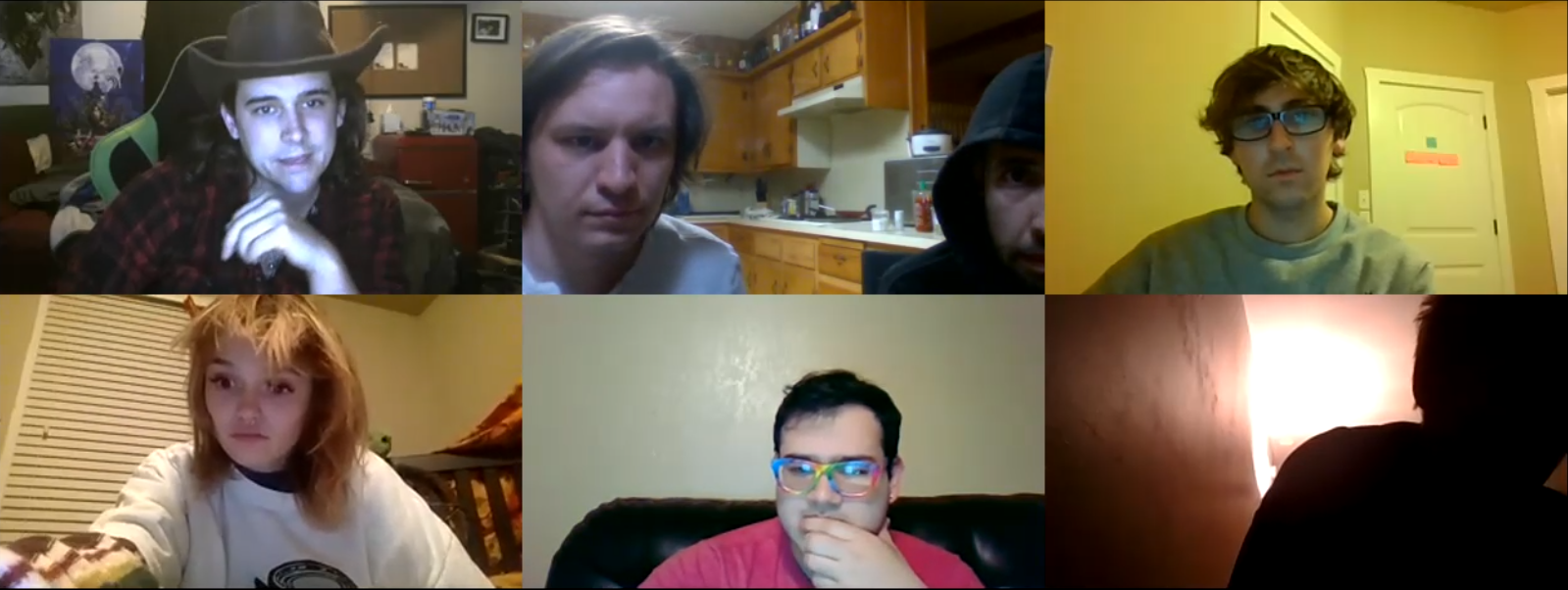Things I've learned from making my first film, Cowboy Jesus, so far
A videographer with decades of experience, told me that having a script is half the battle. People come up to him and his industry buddies all the time with ideas they want to shoot, but they don't have a script, and he has to reject them because movies aren't manifested by wizards. Movies (just like websites) are made by regular people, without superpowers. That means you can make one, too!
- Treat your characters with dignity by giving them a name, and a personality.
- Know what message you are trying to convey and sharpen the writing around that point.
- See how other scripts are written and copy the format.
- Use the website Celtx to format the script with the proper look, including a title page, and a character sheet.
- Decide on a style you want for the movie.
- Make a budget and try to stick to it.
- Once you have a cast, do table reads over Zoom in Gallery mode and record the table reads from start to finish.
- More lessons to come
If you're still in the first half of the battle, without a script or without much of a script, here are some helpful tips.
If they are extras with a short line, you don't need to consider much, but if they are a main character, give them some dignity. Names are easy. Personality is harder to assign. There are two options. Pour a piece of your personality into the character. Or, draw from someone you know, in fiction or in life. Splitting yourself into different characters can only be done so many ways, but picking personalities you know from life will give you a nearly endless supply. For Cowboy Jesus (the character) and the Antichrist, I mostly worked off bible for Jesus, but I split part of my personality in each. Jesus was good natured, sympathetic to others, and a little stoic, while the Antichrist was a lazy party animal, a prankster, and a scheming businessman. Then I came to problem of two male roommates interacting with Jesus. I had given them names, not personalities. I was just bouncing the dialogue from Guy A to Guy B, and was mixing up who was saying what. In fact, this was starting to be a big problem. So, I stopped going forward in dialogue, stepped away from the script and asked myself “What do these guys look like?”, “How do they solve problems in life?” and “How do they talk with other people?”. The other four characters were easier because I based their personalities on people I know.
I found that either consciously or subconsciously, I have something I want to say, and a focus for the story. Knowing what I am saying consciously is easy. For the unconscious messaging, I have to analyze my unfinished work, like some kind of literary critic. If I like what I am saying unconsciously, I make it apart of the message, and consciously lean into it. Leaning into the message helps sharpen the story, by allowing me to see what moves the story towards the goals I have in mind.
I had experience writing narratives in a novel and short story format, but a film script is a different animal. You can look up your favorite movies and see how they are formatted and how the script matches up with the movie. There are plenty of websites that have scripts of hit movies.
Celtx.com is a website, which has a free version and paid version. I just use the free version. Unlike Microsoft Word, OpenOffice, Google Docs, you don't have wrestle the software to get the write format it just works. You can share the editable document on Celtx or download it as a PDF file and share it as a PDF.
After the script, the second half of the battle:
Different genres have different filming styles. Westerns have a general style, the same goes for TV sitcoms, and most romantic comedies. Quentin Tarantino has his own unique style. Think about your movie and the story you want to tell, and find a style that matches. We are shooting Cowboy Jesus with a Western style because it is a Cowboy Movie, after all.
This one was also told to me by the videographer. Making a budget, and staying within budget, makes it more likely your movie will get made, and sets you up for future success.
Find people to work with you. You need a cast of actors, a crew to help film, an editor, someone to put together props and find sets. After writing the script it took me almost a year to put together a cast of eight, with myself as one. To abide by social distancing rules we started doing table reads through Zoom. A former boss of mine agreed to edit, and he asked for a recorded table read. We stared recording our table reads. On one recording, I switched to gallery mode, and I could see the whole cast in their boxes. The default Zoom would only record the person speaking, and gallery mode allowed improved the recording by recording everyone at once. The recorded reads allow actors to see their progress and where they can improve. The reads help prepare the cast for the shooting days.
I am still working on the movie!!
